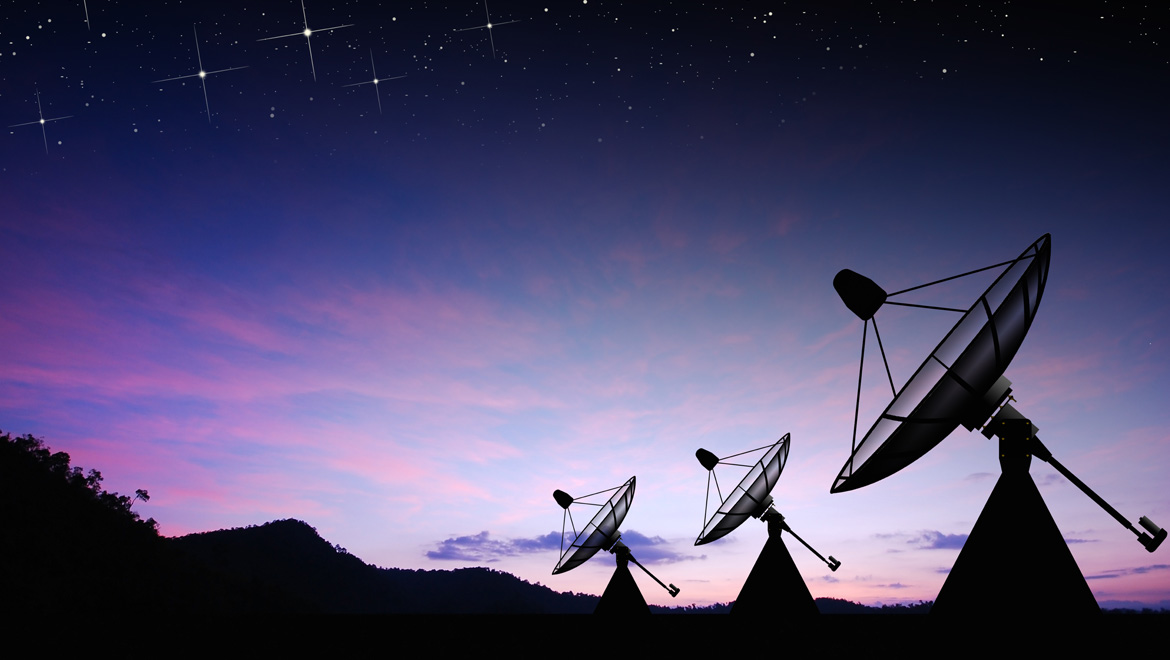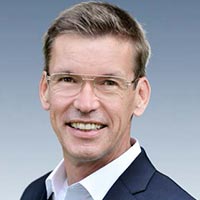PRESS AND NEWS CENTER
The State of HDR in Satellite Entertainment Distribution Environments: An Interview With SES’s Thomas Wrede

 Thomas Wrede, SES’s VP Reception Systems
Thomas Wrede, SES’s VP Reception Systems- Geostationary satellite operator SES delivers broadcast traffic directly and indirectly to over 300 million homes, so the delivery of High Dynamic Range (HDR) and Ultra-High Definition (UHD) content is very much front of mind.
- For optimal efficiency and minimal management overhead, SES would like to carry a single combined HDR/SDR broadcast signal but must meet the differing needs of broadcasters and content creators.
- SES in collaboration with Technicolor and Philips has demonstrated how a combined HDR/SDR signal can be optimally displayed on an HDR or SDR screen via a smart Technicolor set top box.
Geostationary satellite operator SES delivers broadcast content directly to homes and to cable head-ends for some of the world’s largest blue chip broadcasters.
 SES
SESWe caught up with Thomas Wrede, SES’s VP Reception Systems, as he explains how SES is working with Technicolor and with Philips to help broadcasters prepare to deliver High Dynamic Range (HDR) and Ultra-High Definition (UHD) content efficiently to consumers around the world.
Thomas, can you tell us something about SES and explain why a technology like HDR might be important to your customers and to the audiences you serve?
Wrede: SES is a global satellite operator with a fleet of more than 50 geostationary satellites. Our main business is providing direct-to-home broadcast services and delivering content to cable head-ends, especially in the United States where we provide programming for blue chip broadcasters.
The company was created in March 1985 in the Grand Duchy of Luxembourg using geostationary orbital locations belonging to Luxembourg. We started with one orbital position. We now have many orbital positions. We have also acquired a number of other satellite operators over the years and we are working to be at the forefront of video and data transmission via satellite.
We operate more than 2,500 HD channels and we are now focused on the delivery of Ultra-High Definition channels.
The UHD Alliance has focused not only on delivering more pixels and higher definition, but has also integrated HDR. Why would that be of interest to you and to your customers?
Wrede: The introduction of UHD and HDR has prompted SES to focus on issues around more pixels and better pixels. Better pixels for us means UHD transmissions that apply HDR. That gives a great improvement in contrast between the light and dark areas of the picture. Also, over time it will mean adding higher frame rates, moving from 50 or 60 frames per second to, eventually, 100 or 120 frames per second, and using wide color gamut to display more colors.
HDR is important because it is the next step in improving the way consumers experience television. Also, HDR will take the focus away from simply having more pixels. With UHD and more pixels, people will start talking about how close they need to sit to the screen, whether they need to buy a 70- or 80-inch screen to enjoy it. With HDR, they will see a huge improvement in quality even on a smaller screen - say 48- or 50-inch.
So this is clearly a broad ecosystem play that requires broadcasters -- and even the device manufacturers -- to be in synch. From your perspective, are there any particular value chain-wide issues associated with accelerating the adoption of HDR?
Wrede: There are a number of technical issues that need to be solved and that, to a large extent, have already being solved. One is to get agreement on standards: how to transmit HDR; what technology should be used; how the presence of HDR is signaled to the screen or to the operator’s set-top box so they can be set to the correct mode of operation.
Also important is the question of whether the HDR technology needs to be backward compatible with the first generation SDR screens, or whether it needs to work only with the latest generation of screens; and if it is to be backward compatible, what technology should be used to enable compatibility.
Another aspect we are discussing with broadcasters is how HDR can be incorporated into a live broadcasting environment and how they can fulfill movie directors’ requirements for picture quality and reflect directors’ and artists’ intents onto the screen.
You mentioned backwards compatibility with SDR and the variety of different viewpoints on how HDR will be used. It seems we will have multiple flavors of HDR that will have to be delivered simultaneously, at least for the foreseeable future. How are you managing that complexity?
Wrede: That is a bit of a headache for satellite operators. SES provides satellite capacity, but we are also involved in media asset management, encoding, and playout. So, ideally, we would like to minimize the number of technologies in use. This would minimize management requirements. However, operators have different requirements.
Some variants of HDR technology might be better suited to live broadcasting. Some others might be better for movie content, or might be promoted by the movie industry. This generates complexity for the industry that we have to cope with.
Backwards compatibility with SDR could be handled in several ways. We could have multiple channels, one for HDR, and one for SDR. How are you managing that backwards compatibility? What options are you exploring?
Wrede: As a satellite operator, it should be no surprise that we would favor simultaneous SDR and HDR transmissions.
What we would like to see is a technology we can offer to customers that is backward compatible. This would allow us to broadcast content supporting multiple HDR technologies that could be watched with excellent contrast, excellent quality, on the latest HDR displays, but that could also be watched at the same time on SDR and Ultra HD screens.
SES recently made some announcements about how you are working with Technicolor and Philips to deploy HDR or at least to demonstrate it. Can you tell us something about that solution?
Wrede: Technicolor and Philips have jointly developed a system with HDR technology that fulfills two requirements: it is backward compatible with SDR displays and, via some signaling elements; it provides optimal quality, realizing the director’s intent in the consumer’s living room.
What are the next steps? How are you working with Technicolor and with Philips to strengthen the HDR value proposition for the satellite medium and for your customers?
Wrede: After discussing the technology with Technicolor and Philips and gaining a better understanding of their approach, we have set up a demonstration system. SES is providing transponder capacity to a Technicolor set-top box compatible with HDR.
Using a screen from a third-party manufacturer, we set up the demonstration on our stand at the recent IBC in Amsterdam. We demonstrated that to broadcasters and to other visitors and it was received very positively.
The questions now are: What should the next steps be? What will be the rollout of the system? What will be the commercial environment? Who do people need to approach to integrate this technology and to use it?